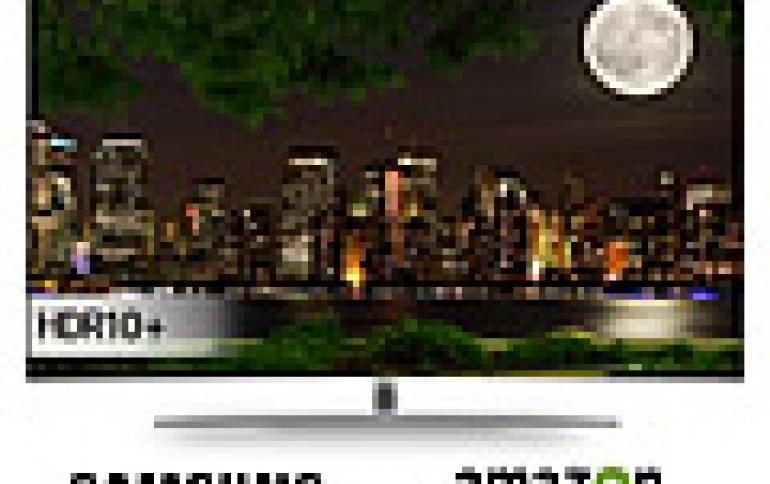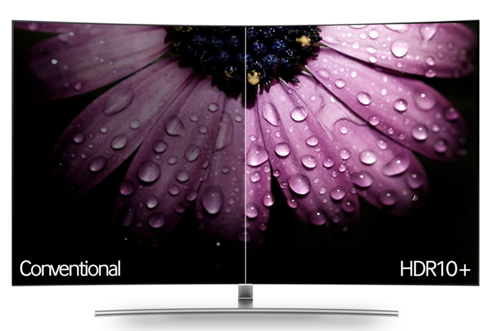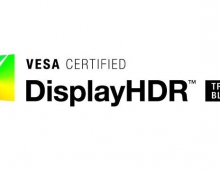
Samsung and Amazon Video Deliver Updated Open Standard HDR10+
Samsung Electronics and Amazon Video announced the introduction of HDR10+, an updated open standard that leverages dynamic metadata to produce enhanced contrast and colors on an expanded range of televisions.
HDR10+ elevates the HDR10 open standard with the addition of Dynamic Tone Mapping. The current HDR10 standard utilizes static metadata that does not change during playback despite scene specific brightness levels. As a result, image quality may not be optimal in some scenes. For example, when a movie's overall color scheme is very bright but has a few scenes filmed in relatively dim lighting, those scenes will appear significantly darker than what was originally envisioned by the director.
HDR10+ incorporates dynamic metadata that allows a high dynamic range (HDR) TV to adjust brightness levels on a scene-by-scene or even frame-by-frame basis.

All of Samsung's 2017 UHD TVs, including its premium QLED TV lineup, support HDR10+. In the second half of this year, Samsung's 2016 UHD TVs will gain HDR10+ support through a firmware update.
With the move to HDR 10+, Amazon Video is the first streaming service provider to begin development of the standard for its audiences. In May 2015, Samsung and Amazon Video brought HDR to the market using the HDR10 open standard. This advancement laid the groundwork for several HDR launches. From Hollywood film studios to global TV manufacturers, HDR10 is the most broadly used HDR standard today.
Previously, Samsung collaborated with Colorfront to improve HDR10+ workflows for creative post-production mastering by using Colorfront's Transkoder. Samsung also partnered with MulticoreWare to complete the integration of HDR10+ support in the x265 High Efficiency Video Coding (HEVC), which is available for free under an open source license, and is used by many popular commercial encoding system providers including Telestream, Haivision, and Rohde and Schwarz.




















